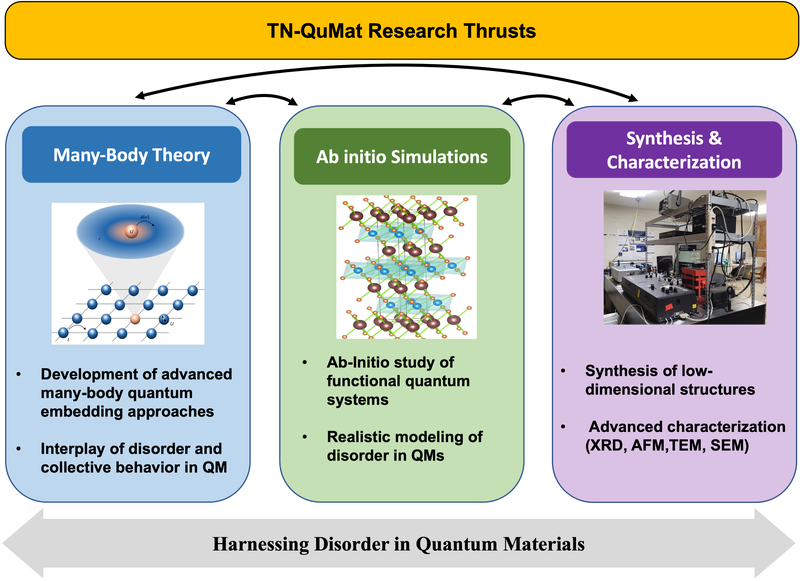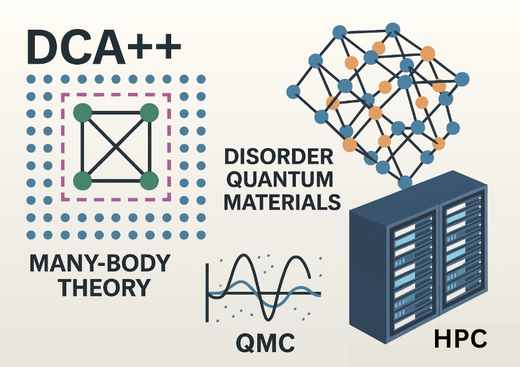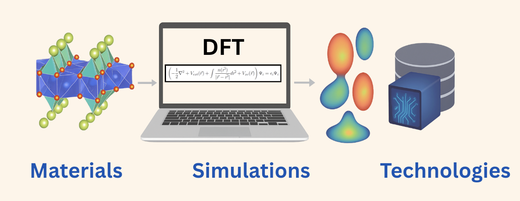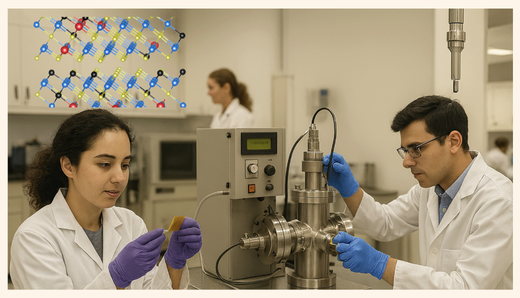TN-QuMat Research

The research focus of the TN-QuMat program is on fundamental studies of quantum materials, with an emphasis on understanding and controlling their complex behavior driven by disorder, strong correlations, topology, and reduced dimensionality. These materials exhibit emergent phenomena such as high-temperature superconductivity, electron localization, topological order, etc. They are central to the development of modern technologies in quantum sensing, computing, communication, energy storage, and next-generation electronics. Understanding and utilizing these materials requires a comprehensive approach that integrates theoretical modeling, first-principles simulations, and experimental synthesis and characterization. To address these challenges, the TN-QuMat organizes its research and workforce training activities into three interconnected thrusts.

Thrust 1: Many-body theory of disordered correlated quantum materials
PIs: Terleska, Maier, Gull. This thrust focuses on advancing the theoretical understanding of disorder and strong correlations in quantum materials. Research explores how disorder impacts critical phenomena such as the Mott metal-insulator transition and spin and charge order in high-temperature superconductors. By developing and applying advanced many-body quantum embedding methods, such as the DCA+disorder framework, this work aims to simulate and predict complex behaviors in disordered quantum systems relevant to both fundamental physics and technological applications. Trainees will receive hands-on experience in many-body theory, quantum Monte Carlo methods, and high-performance computing. Using platforms like DCA++ and ORNL’s leadership-class supercomputers, students and postdocs will develop key skills in modeling, code development, and simulation of strongly correlated electron systems, preparing them for careers at the forefront of quantum science.

Thrust 2: Ab Initio study of topologically nontrivial quantum materials
In this thrust we investigate topological quantum materials through first-principles computational techniques. Research targets two key classes of materials: topological Anderson insulators, where disorder induces insulating behavior, and quantum spin liquids with exotic states that may host non-Abelian excitations for topological quantum computing. Simulations are based on density functional theory (DFT) and Wannier function-based modeling, with the goal of connecting theory to experimentally realizable materials and informing realistic models used in Thrust 1. Trainees will build expertise in materials modeling, electronic structure calculations, and predictive simulation workflows for quantum materials. By working closely with ORNL scientists, they will learn to bridge theory and experiment, accelerate materials discovery, and explore potential applications in next-generation quantum technologies.

Thrust 3: Synthesis and characterization of low-dimensional quantum systems
PIs: Mu, Ueda, Qian, Zhang. This experimental thrust focuses on the growth and analysis of thin-film topological materials, such as Bi₂Se₃ and PbTe, and their heterostructures. Research investigates how substrate effects, stoichiometric variation, and controlled disorder influence optical and electronic properties. Through this, the team aims to uncover tunable behaviors in low-dimensional systems for application in quantum computing and sensing. Trainees will gain practical experience in thin-film synthesis techniques, including pulsed laser deposition, sputtering, and physical vapor deposition. They will also be trained in a suite of material characterization methods, such as X-ray diffraction, Raman spectroscopy, and electron microscopy. These skills will equip them for careers in quantum materials fabrication, device prototyping, and experimental condensed matter physics.

Acknowledgement
The TN-QuMat program is only possible because of funds by the U.S. Department of Energy under it’s RENEW Program. The team at TN-QuMat is thankful for the same.